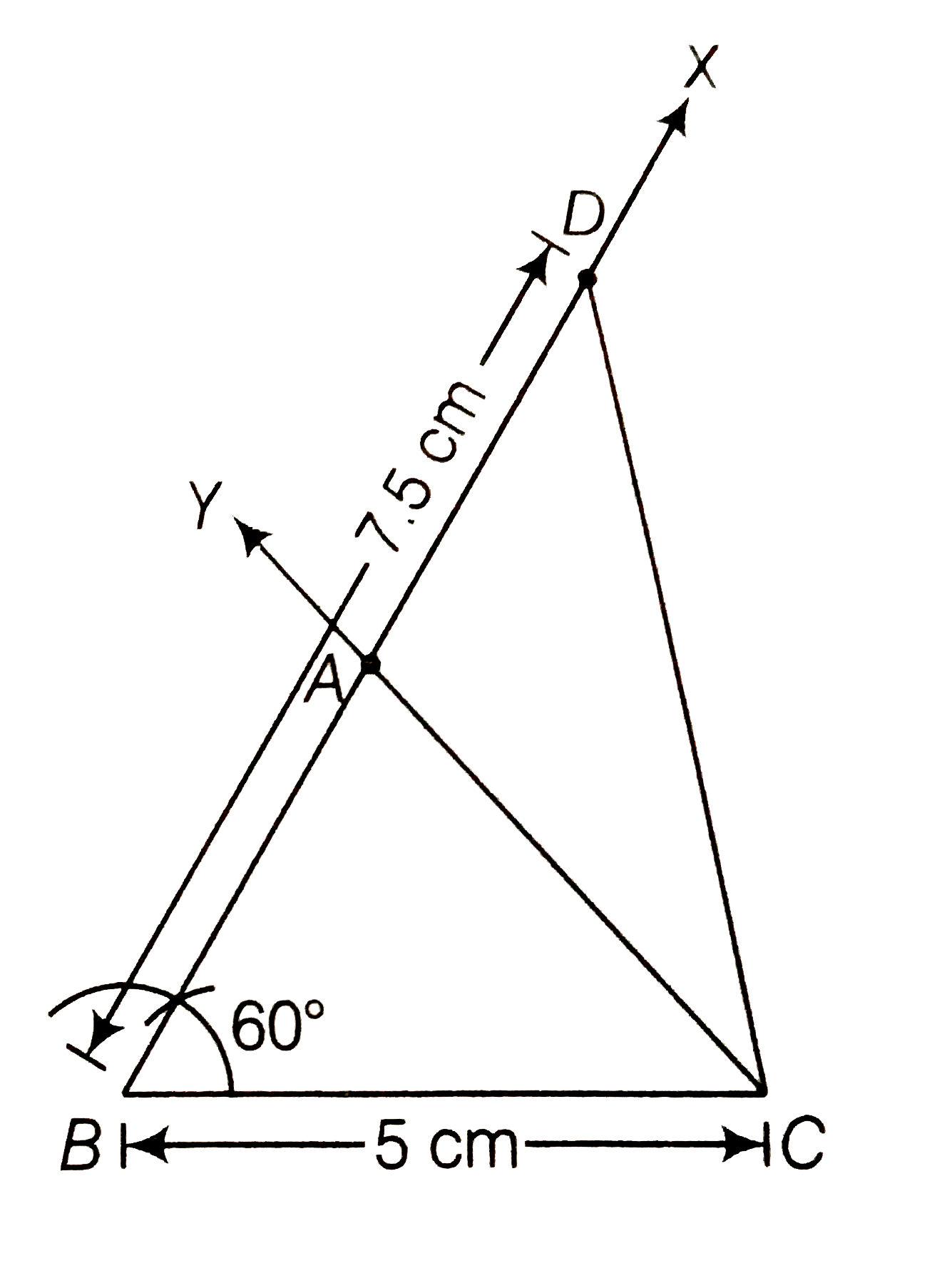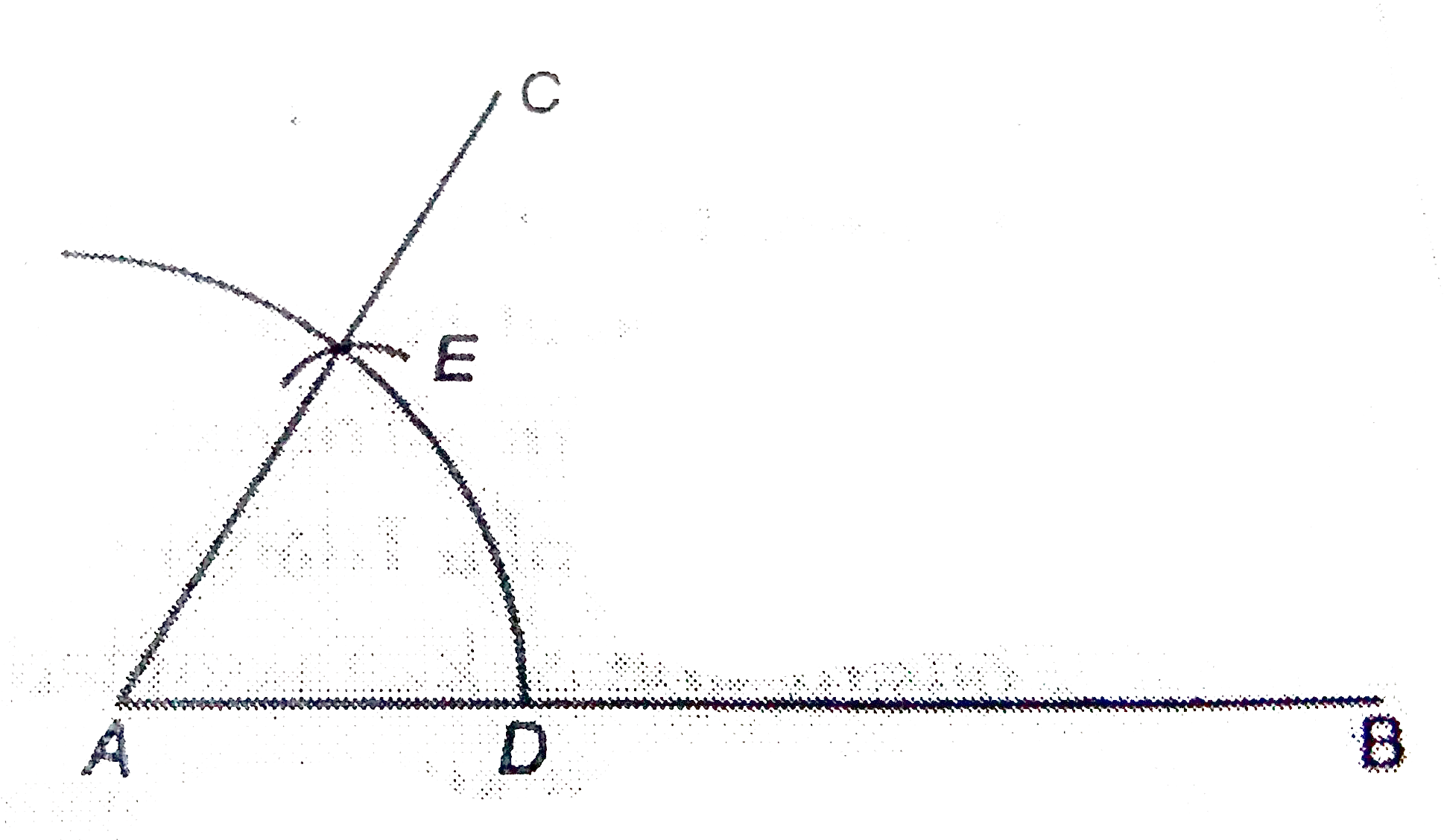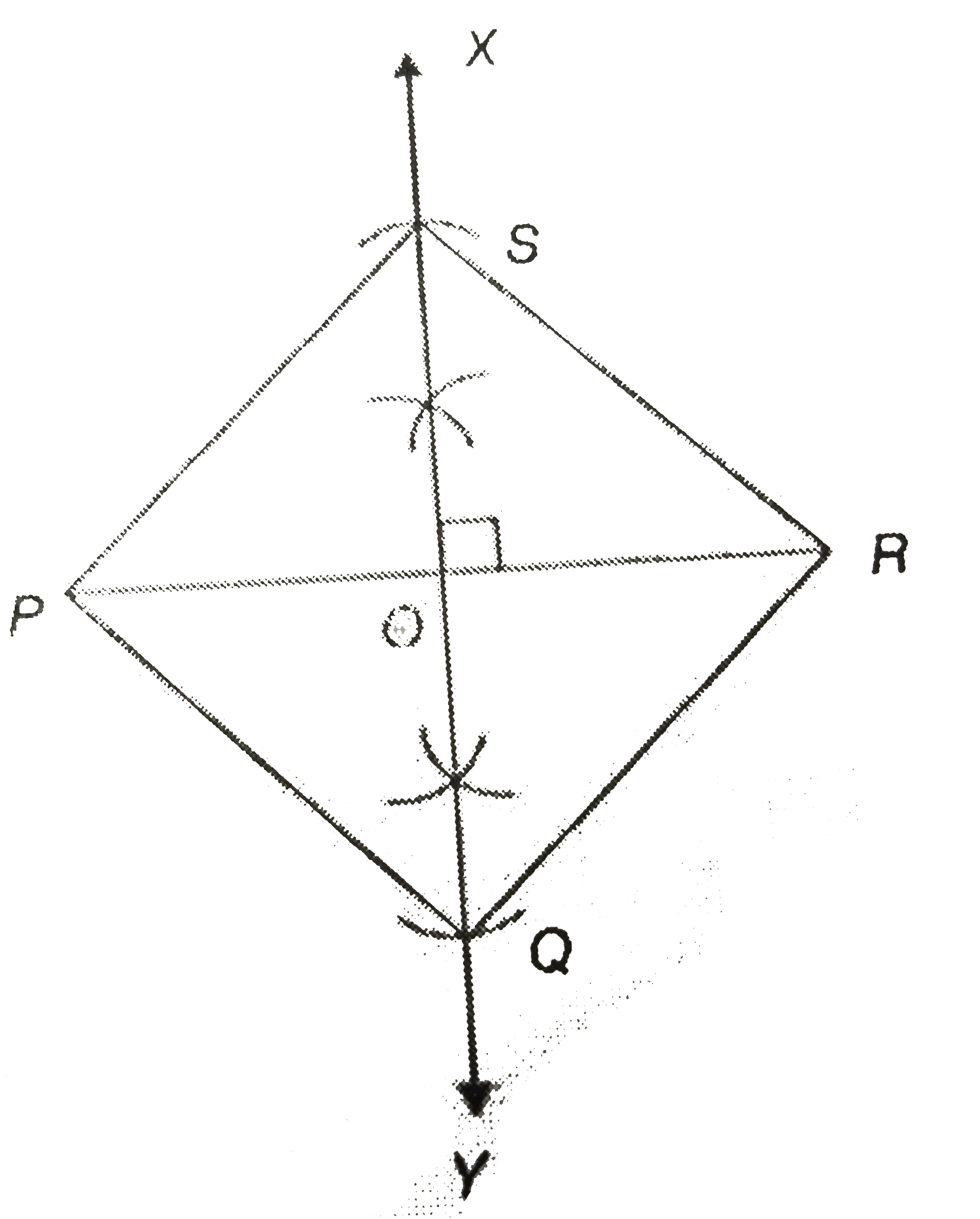InterviewSolution
Saved Bookmarks
This section includes InterviewSolutions, each offering curated multiple-choice questions to sharpen your knowledge and support exam preparation. Choose a topic below to get started.
| 801. |
Which of the following expressions are polynomials in one variable and which are not ? Give reasons for you answer. (i) 3x ^(2) - 2x + 5 (ii) x ^(2) + sqrt2 (iii) p^(2) - 3p +q (iv)y + (2)/(y) (y ne 0) (v) 5 sqrtx + x sqrt5 (vi) x ^(100) + y ^(100) |
|
Answer» (ii) Polynomial (iii) No because it has two variables (iv) Not polynomial because EXPONENTS is negative. (v) Not polynomial because exponent of XIS not a non negative INTEGERS. (vi) Not polynomial in one variable becaue it has two variables. |
|
| 802. |
Abhijit opened an accont with Rs 40000 on 1-1-2006 .His transactions are as follows : (a) On the january 10 he withdrew 20% of the amount that he deposited (b) On the february 10 he withdrew 40% of the balance amount (c ) on march 10 he drew 5% of the balance amont If abhijit closes his account on 1-4-2006 then find the total amount he would receive if the bank paid interest at 4% per annum (approximately) |
|
Answer» |
|
| 803. |
Ashok opened a fixed deposit with certain amount in a bank .The sum quadrupled in 8 year at R% annum interest being compounded annually Find the time in which it will become 32 times itself at R% per annum interest being compounded annually (in years) |
|
Answer» 20 `P(1+(R )/(100))^(8)=49` `(1+(R )/(100)^(8)=4` `1+(R )/(100)=4^(1//8)` Let the REQUIRED time by N year `P(1+(R )/(100))^(N)=32 P` `(1+(R )/(100)^(N)=32` `(4^(1//8))^(N)=32` `(2^(2))^(N//8)=2^(5)` `2^(N//4)=2^(5)` `(N)/(4)=5rarrN=20` |
|
| 804. |
If pdenotes the percentage increase in thenumber of the firstgenerationimmigrants from1995-2005 and qdenotesthe percentageincrease in thetotalUK population from1995-2005 find p-q |
|
Answer» <P>`13.(1)/(3)%` (ii) First find thepopulationof the firstgenerationimmigrants in 1995 and 2005i.e., 2% of6x and 2.4% of 8X (III) then findpercentage increase (q) (iv) `P= (2x)/(6x) (100)` and then find (p-q) |
|
| 805. |
Rahit purchased a washing machine in an installment scheme .It is sold for Rs 8000 cash or Rs 1000 cash down followed by equal instalments of Rs 18000 each .find the rate of interet ? |
|
Answer» |
|
| 806. |
Factorise : 8x^(3) - 27y^(3) + z^(3) + 18xyz |
|
Answer» |
|
| 807. |
State the left distributivelaw. By choosing any three rational numbers , prove the law. |
| Answer» | |
| 808. |
Bala opened a fixed deposit account for 2 yearby making a deposite of Rs 12000 .The rate of interest was 20% per annum interest being comounded annually find the total interst paid by the bank (inRs ) |
|
Answer» 4800 `=12000)(1.2)^(2)=12000(1.44)=17.280` Total INTEREST (in Rs) =17280-12000=5280 |
|
| 809. |
Consider the following statements. p:3 in(1,(3),5,7) q, 2 in(1,(3,4),4) Which of the following is true? |
|
Answer» p ALONE |
|
| 810. |
Factorise each of the following : 64a^(3) - 27b^(3) - 144a^(2)b + 108ab^(2) |
|
Answer» |
|
| 814. |
A wall of length 10 m was to be built across an open ground. The height of the wall is 4 m and thickness of the wall is 24 cm. If this wall is to be built up with bricks whose dimensions are 24 cm times 12 cm times 8 cm, how many bricks would be required ? |
|
Answer» |
|
| 815. |
Find all the angles of the given cyclic quadrilateral ABCD in the figure. |
|
Answer» |
|
| 816. |
Factorise : 2x^(2) + y^(2) + 8z^(2) - 2sqrt(2)xy + 4sqrt(2)yz - 8xz |
|
Answer» |
|
| 817. |
Which of the following experiences are polynomials in one variable and which are not ? State reasons for your answer. 4x^(2) - 3x + 7 |
|
Answer» |
|
| 818. |
Which of the following experiences are polynomials in one variable and which are not ? State reasons for your answer. y^(2) + sqrt(2) |
|
Answer» |
|
| 819. |
Which of the following experiences are polynomials in one variable and which are not ? State reasons for your answer. 3sqrt(t) + tsqrt(2) |
|
Answer» |
|
| 820. |
Which of the following experiences are polynomials in one variable and which are not ? State reasons for your answer. y + (2)/(y) |
|
Answer» |
|
| 821. |
Find the value of log2.556 and log 25.460 |
|
Answer» Solution :As found in the above EXAMPLE, we can find the mantissa for the mantissa for the sequences of digital 4048. Since there are four significant digits in 2546. in the same row where we have found 4048, under column 6 in the mean difference column, we find the NUMBER 10M the mantissa of the logarithm of 2546 will be 4048 + 10 = 4058. log 2.546r= 0.4058 log 0.2546= `overline1.4058` log25460= 4.4058 |
|
| 822. |
If 3 cot A = 2, then find the value of (4sinA-3cosA)/(2sinA+3cosA) |
|
Answer» |
|
| 823. |
(iii) The Cartesian form the equation r=a sin theta in the polar is……… |
|
Answer» `x^2+y^2=ax` |
|
| 824. |
What are the possible polynomial expressions for the dimensions of the cuboids whose volumes are given below ? (i) 3x ^(3) -12x (ii) 12 y ^(2) + 8y -20. |
|
Answer» (ii) `(5a-3) (5a -4)` |
|
| 825. |
The total surface area of a close cone is 176 cm^(2). If its radius is 4 cm, find its slant height. |
|
Answer» |
|
| 827. |
Construct a DeltaABC in which BC = 5cm, angleB= 60^(@) and AC + AB = 7.5cm. |
Answer» Solution :Given, in`DeltaABCBC = 5cm, angleB= 60^(@) and AC + AB = 7.5cm`.To CONSTRUCT the triangle `ABC` use the following steps.  (i) Draw the base `BC = 5cm`. (ii) At the point `B` make an `angleXBC = 60^(@)` (iii) Cut a line segment BD equal to `AB +AC = 7.5 cm` from the ray BX. (iv) Join `DC`. (v) Make an `angleDCY = angleBDC`. (vi) Let `CY` INTERSECT `BX` at`A.` Then, `DeltaABC` is the required triangle. |
|
| 828. |
If A+B=45^(@), then find the value of tanA+tanB+tanA tanB. |
| Answer» | |
| 829. |
To construct an angle of 60^(@) at the initial point of a given ray. |
|
Answer» Solution :Steps of CONSTRUCTION : 1. Draw a ray `AB` of some length. 2. TAKING `A` as initial point draw an arc with `A` as CENTRE taking any radius which intersects `AB` at point `D`. 3. Taking `D` as centre and with the same radius as before draw an arc which intersect the previous arc at `E`. 4. Draw the ray `AC` passing through `E`. `angleCAB` is the required angle. 
|
|
| 830. |
Are the square rootsof all positive integers irrational ? If not, then give an example of sucha positiveinteger,the squareroot of which is a rational number. |
|
Answer» |
|
| 831. |
If the greatestlower limit and the lowest upper limit of the serices1/n where ,n in N , " be" lamda and omegarespectively ,then find the value of(lamda + omega ) |
|
Answer» |
|
| 832. |
Solve the equation a-15=25 and state which axiom do you use here. |
|
Answer» |
|
| 833. |
Write thecoefficient of x ^(3) in each of the following (i) x ^(3) + x +1 (ii)2- x ^(3) + x ^(2) (iii) sqrt2 x ^(3) + 5 (iv) 2x ^(3) +5 (v) pi/2 x ^(3) +x (vi) - 2/3 x ^(3) (vii) 2x ^(2) +5 (viii) 4 |
|
Answer» (ii) -1 (III) `sqrt2` (iv) 2 (v)` pi/2` (vii) `(-2)/(3)` (vii) 0 (viii) 0 |
|
| 834. |
A well of internal diameter 14 m and depth 14 m is dug and the earth taken out is spread all around it upto 5 m width and form an embankment. Find the height of the embankment. |
|
Answer» |
|
| 835. |
Delta ABC is an isosceles triangle in which BC = 8 cm and AB = AC = 5 cm. Then, area of Delta ABC = …………….cm^(2). |
|
Answer» 6 |
|
| 836. |
The measures of two supplementary angles differ by 20^(@). Then the measure of the acute angle among them is .......... |
|
Answer» `5^(@)` |
|
| 837. |
The volume of a sphere is 4.5 picm^(3). Then, its diameter is ……… cm. |
|
Answer» 3 |
|
| 838. |
Find p(0), p(1) and p(2) for each of the following polynomials : p(x) = x^(3) |
|
Answer» |
|
| 839. |
compare : log 2.56, log0.256 and log 25600 |
|
Answer» Solution :In the log table , we locate 25 in the first column, in this row, in the column under 4 we FIND 0.4048 . As done in the carlier example , the same line as before gives the mantissa of logarithms of all numbers which begin with 25. from this line we pick out the mantissa which is located in the column NUMBERED 4. this gives 4048 as the mantissa for all numbers whose signifiant DIGITS are 254. log 2.54 = 0.4084 log 0.254= `overline1.4048` log 25400= 4.4048 |
|
| 840. |
Simplify each of the following by rationalising the denominator: (1)/(3sqrt2-2sqrt3) |
|
Answer» |
|
| 842. |
In to how many chapters was the famous treatise The elements divided by Euclid?belongs to the country |
|
Answer» 13 |
|
| 843. |
Factories (i) 25 x ^(2) + 16 y ^(2) + 4z ^(2) - 40 xy + 16 xy - 20xy (ii) 9a ^(2) + 4b ^(2) + 16 c ^(2) + 12 ab - 16 bc - 24 ca |
|
Answer» (ii) `(3A + 2b -4c) ^(2)` |
|
| 844. |
Find the value of each of the following polynomials at the indicated value of variables : q(y) = 3y^(3) - 4y + sqrt(11) at y = 2. |
|
Answer» |
|
| 845. |
Find the median of the observations 13, 9, 15, 8, 6, 3. |
|
Answer» |
|
| 846. |
A company has 500 shares of face value Rs.50 in which Rs.30 is paid-up. The company collects Rs.12,000 as the second instalment. What is the paid-up value of each share now? |
|
Answer» |
|
| 848. |
Verify whether the following are zeroes of the polynomial, indicated against them : p(x) = x^(2)-1, x=1, -1 |
|
Answer» |
|
| 850. |
Construct a square with its diagonal as 4 cm. |
|
Answer» Solution :STEP 1: Draw a line segment `PR=4 cm.` Step 2: Draw a perpendicular bisector `XY` of `bar(PR)` to bisect `bar(PR)` at `O`. Step 3: MARK the point `Q` ans `S` on `bar(OY)` and `bar(OX)`, respectively, such that `OQ = OS=2cm.` Step 4: Join `PS, RS, PQ` and `QR` to form the required square `PQRS.` 
|
|